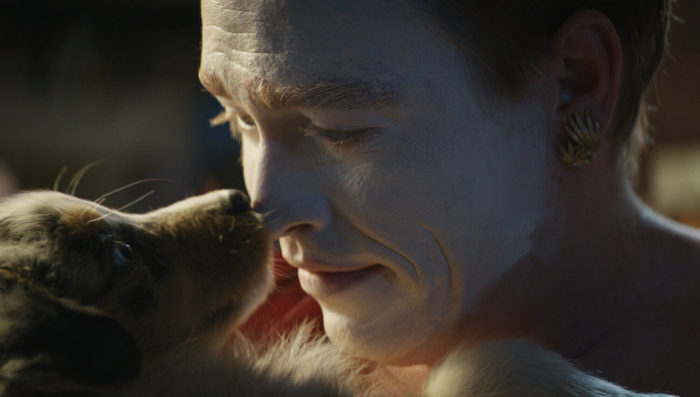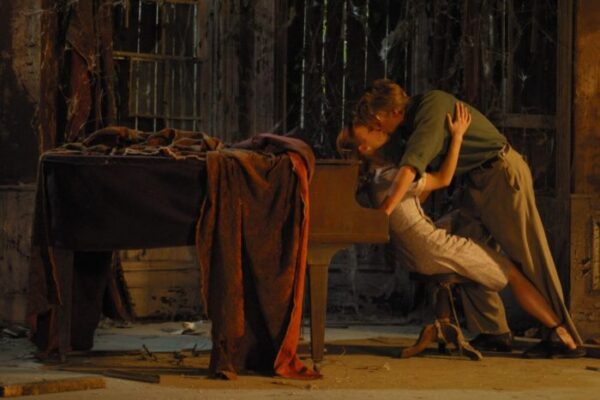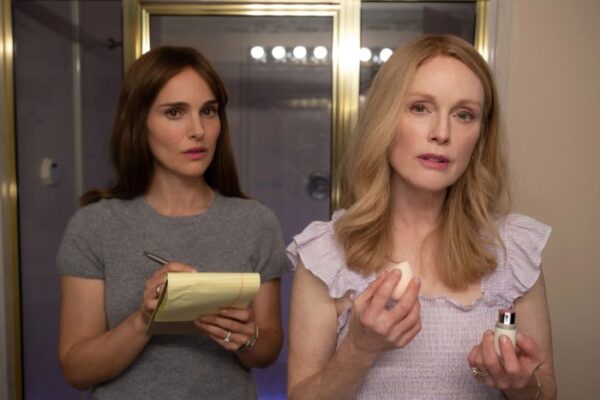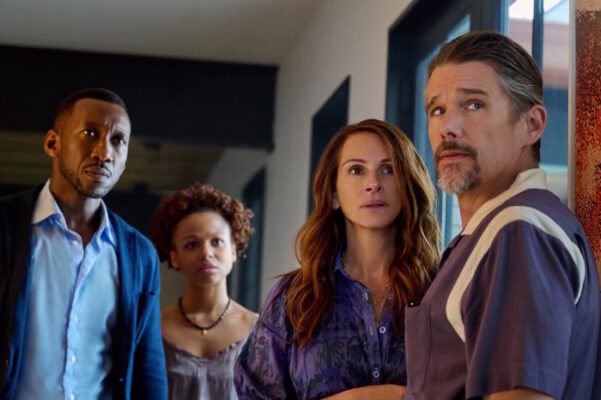Speaking about the film “Shutter Island” with Leonard DiCaprio, it is impossible not to mention its plot duality and the complexity of its perception. This film can be understood in absolutely different ways, and many complex theories can be built on its basis. Until the end of the “island” it is impossible to understand which events are a hallucination of the protagonist, and which ones are true, and even the ending does not give us a definite answer. However, one thing is for sure: this film will forever remain in the memory of the audience.
The plot of the movie
There are two logically connected and integral lines in the plot of the film. In the first, the main character is a detective who investigates what is happening in a psychiatric hospital. In the second story, the main character is her patient. What is true and what is fiction is very difficult to understand, both stories are tangled and intertwined, creating a feeling of the wrongness of what is happening, and only towards the end of the film do they converge during the denouement, which does not give a final answer to the questions facing the audience. After watching the film, questions, and there are quite a lot of them, remain, and you can fully understand this film only after watching it multiple times.
Hints for the viewer
When revisiting, it becomes clear that although the film is difficult to understand, its director, Martin Scorsese, gives the audience clues from the very beginning of the story. The action takes place on the island, from which you can only escape from the pier, to which two detectives arrive, but the plot of the storyline about the detective is that one of the patients of the clinic somehow escaped from the island. At the same time, when the detectives find themselves on the island, the main character, Teddy Daniels, is under the scrutiny of both the guards and the patients. The guards greet him warily, tensely, as if they have already dealt with him, and the patients in the background greet him. Isn’t this strange?
Also, while Teddy’s partner Chuck has been a detective for four years and seemingly skilled with a gun, he can barely handle a gun holster, prompting us to consider the truth of this storyline as well.
Teddy also draws attention in the film to the fact that the patients and staff of the clinic with whom he communicates behave strangely, somehow not sincerely, as if they are playing roles prescribed by someone in advance, and for some reason the guards are in no hurry to look for the runaway patient , which, in theory, is still somewhere on the island.
The moment when the two detectives meet is also interesting: they get to know each other on a ship when they sail the island at the very beginning of the film. Although it would be logical that these two, working on the same case, met before the investigation began. They seem to have been suddenly placed in new and unusual conditions for them, they also seem to play a role, but at least Teddy fully believes that he is a detective.
What is the point?
The meaning of the story of the film begins to unfold even at the very beginning, when the doctor of the clinic talks about the runaway patient. He says that she killed three of her children, and then ended up in a clinic. Her psyche at that moment created a certain defense mechanism, and the patient, a hostage of her madness, was sure that the staff and other patients of the clinic were newspaper peddlers, milkmen, in a word, those people who help her in everyday life, and she herself is at home. . This is the first hint for the viewer, helping to understand the essence of the film.
The second clue is for personal purposes of Teddy, who is looking for the killer of his wife who died from carbon monoxide on the island. In his opinion, a pyromaniac Andrew Leddis is imprisoned in the clinic, on whose behalf the second storyline is going. In the film, this character is portrayed with a scar, as if distorted by Teddy’s perception.
The final denouement in the film takes place at the lighthouse, where the detective’s investigation ends and where he, who was expecting to see a secret laboratory, meets with the doctor. It is here that Scorsese makes the viewer understand that everything we have seen, the whole story about the detective, is a lie and the delusion of the sick mind of Andrew Leddis, who killed his mentally ill wife, Dolores, after she dealt with their three children. Andrew’s psyche could not adequately perceive this fact, and he, like the mythical missing patient, found himself locked in a world of illusions, where he is a detective, and he is entrusted with investigating what is happening in the hospital.
The entire investigation that we see throughout the film is fabricated and played by the hospital staff, who are well acquainted with the patient Laddis, who has been in treatment for two years now, and this theater, competently built by the doctor, is just the doctor’s last attempt before the lobotomy to let the patient get out of his illusions. And at the end of the film, Andrew, as we see, is freed from his delirium, but the feeling of guilt and understanding of what he has done does not give him peace, and now he himself pretends that he still adheres to the illusion, only because he considers it the best “to die a good man,” which he speaks directly to the doctor.







